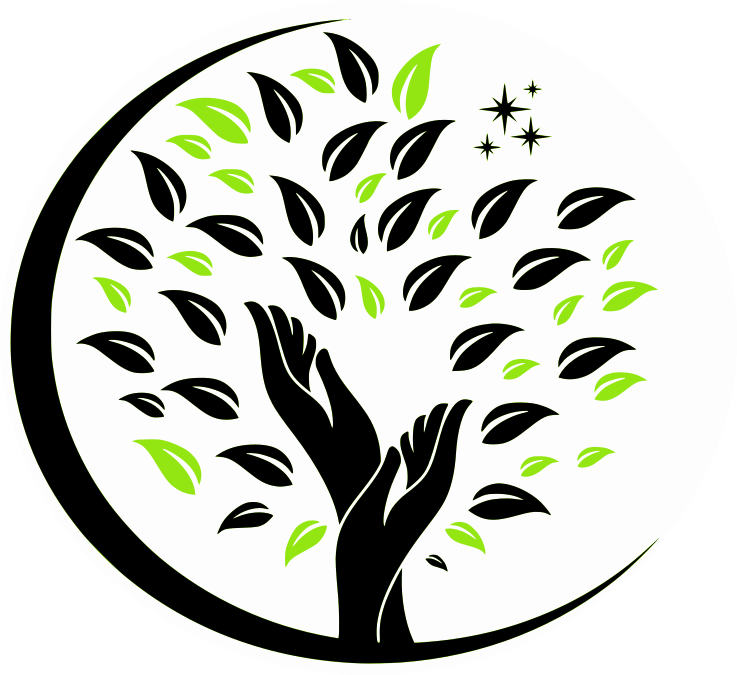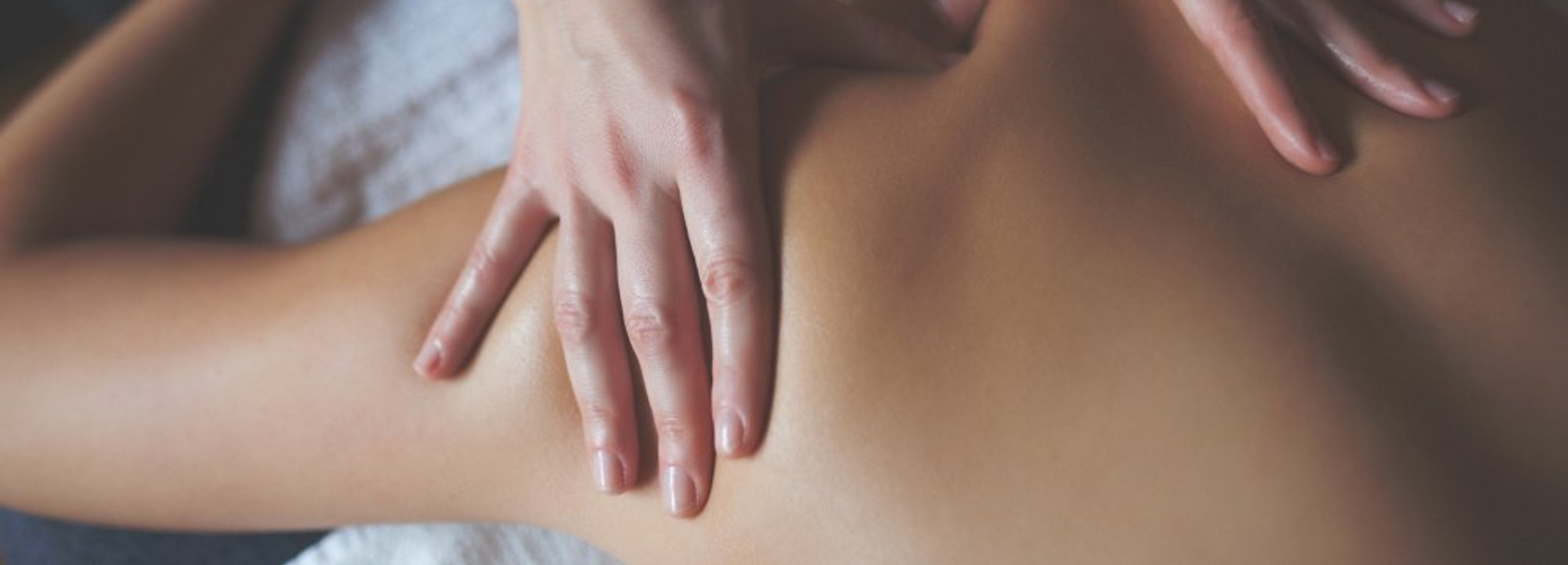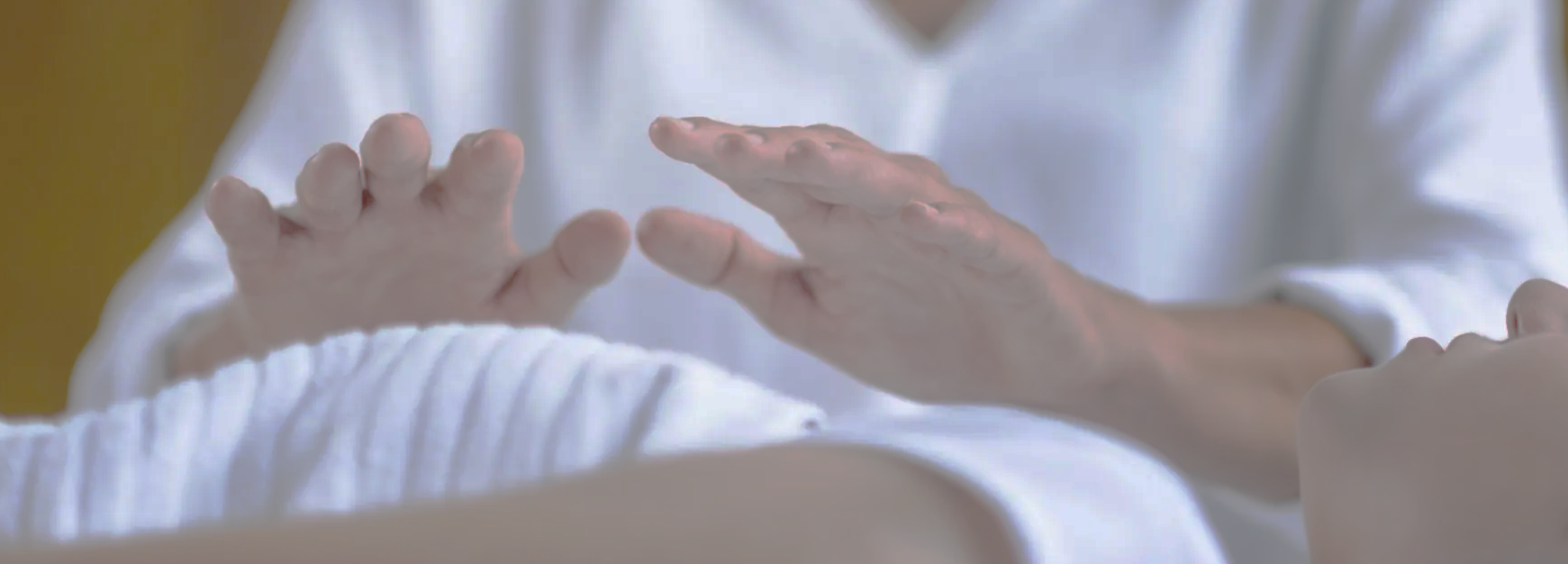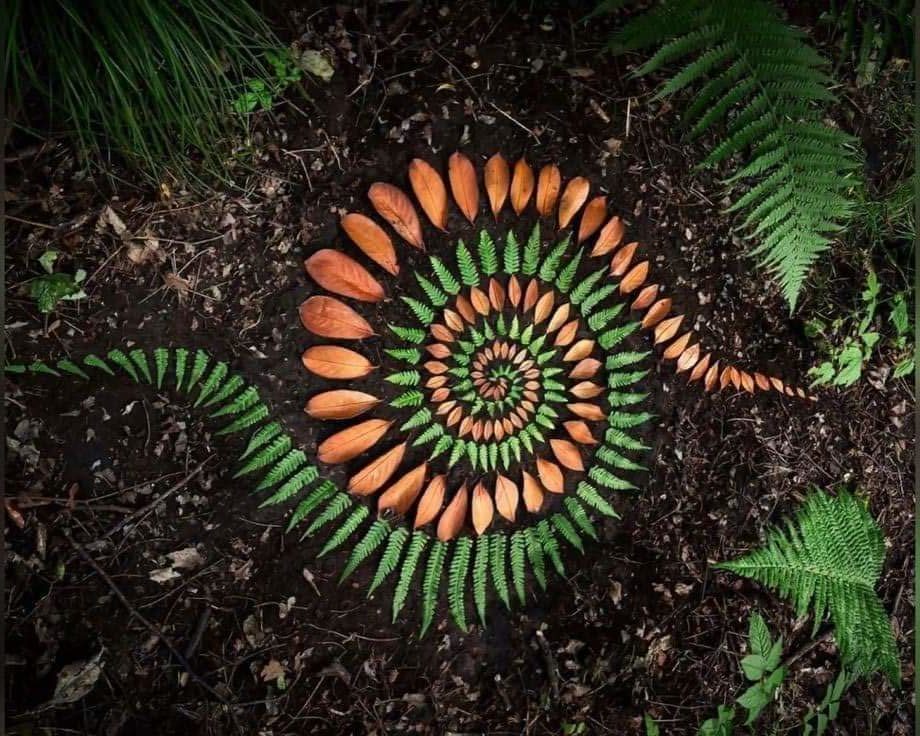Niromathé is an neuro-cutaneous technique based on trigger point stimulation.
Principles
Co-founded by Dr Raymond Branly and Thierry Vandorme, an osteopath in Paris, the Niromathe method is the revolutionary technique in the world of reflexology and manual therapy.
A large number of osteopathic and neuro-cutaneous techniques aim to stimulate trigger points: the techniques of Dicke, Knap, Chapman, Goodheart, Vogler, Moneyron and others, and also acupuncture (Ah-Shi points). The Niromathe® method is unique: it associates traction of the skin while stimulating these points. Niromathe uses cutaneous vibration created by the application of the correct gesture : the Niromathe move.
Everything happens at the level of the skin : while the lesion is being formed, cutaneous and subcutaneous points are being ‘deprogrammed’.
This state can last for years. The reorganization of these points by short, quick, and polarized cutaneous vibrations leads consequently to the disappearance of the underlying neuro-spasms and lesions.
In 80% of the cases, one to three sessions are sufficient to achieve a complete recovery.
What Niromathé can heal
- headaches
- vertigo
- anxiety
- neck pain (torticolis)
- low back pain (lumbago)
- arthrisis
- tendonitis
- neuralgia
- insomnia
- ringing in the ear (tinnitus)
- carpal tunnel
- calcaneal spur
- gastritis
- colitis
- cyctitis
- gynecological disorder
- sinusitis
- infant cries
What Niromathé cannot heal
- Pain with traumatic origin: fractured bone, muscle tear
- pain with infectious origin: bacterial infection, viral infection, mycosis
- pain with metabolic origin: gouty arthrisis, arteriosclériosis, thrombosis
- pain with tumoral origin
- pain with immuno-allergic origin
Note: for the last 3 items, I propose nutrition counseling to improve the health condition and limit the desease evolution.
Who can benefit from a Niromathé treatment
This gentle reflexology therapy is effective on new-born babies to elderly people. There is no age restriction.
Niromathé session content
The first session contains a health assesment and then the manual therapy. Depending on the region to be treated, the patient may be sitting, standing, or in lying position during the trigger points stimulation.
Session are mostly perform in silence.




